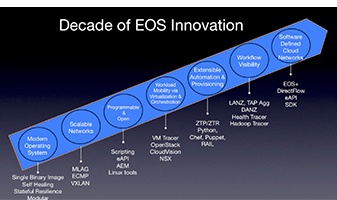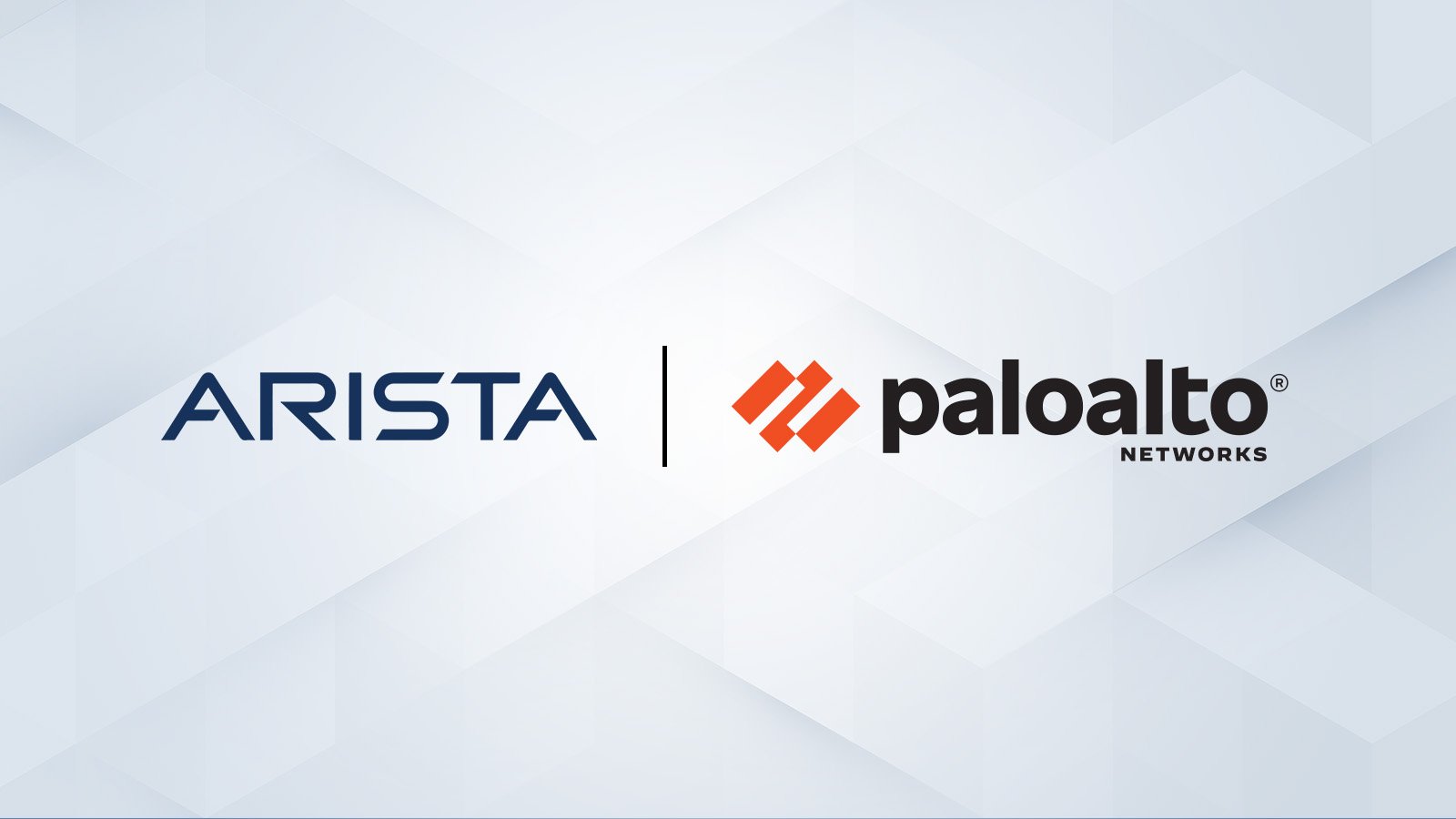Delivering Reliable AI and Cloud Networking
The explosive growth of generative AI and the demands of massive-scale cloud architectures have fundamentally redefined data center networking...

SDN (Software Defined Networking) is finally becoming clearer. It is not “Still Don’t Know” nor is it a specific overlay controller. Simply put, it is an open and programmable way to build networks for customers looking at utilizing hybrid combinations of public and private cloud access.
We are witnessing a shift from multi-tier oversubscribed legacy enterprise networks to two-tier leaf-spine or single-tier Spline™ cloud networks with east- west traffic patterns scaling across thousands of servers. Arista was the first to introduce this new architectural “leaf-spine” approach for cloud-based networks and five years later others are still attempting to mimic. Lets review some practical examples.
Facebook: Take an important and familiar social networking application, Facebook. Their public information shows that they deploy a memcache architecture, which allowed them to reduce the user access time to half a millisecond by using fewer network tiers, resulting in lower application latency. As we log into Facebook, the single login request triggers thousands of look-ups on databases and memcache servers. Legacy enterprise multi-tiered networks would result in delayed look-ups and would negatively impact the user experience and interest in a significant way.
Amazon: Shopping couldn’t be easier than online on your favorite site. Have you noticed that as you’re clicking on items, one can see not only the reviews and customer ratings but also analytics on customer buying behaviors? Have you ever wondered what network powers this marketplace? A real time SDN-class cloud network improves profitability and delivers uncompromised user experience.
Public Cloud pioneers such as Microsoft, Google and Yahoo are providing the largest cloud platforms in the world for everyone to use. In many cases, these cloud platforms deliver infrastructure services that are even more cost-effective than what companies can build internally. In addition, the same underlying infrastructure provided by these cloud providers can support all applications. In order to scale across industries and across different application scenarios, the network design needs to be uniform. This way, a single network design works for a range of applications. While this is the requirement for large public clouds, it holds true even for private clouds in enterprises that want to “cloudify,” as well as for hybrid public and private cloud scenarios.
Big Data Portals like eBay: With the explosion of available data on any business metric, analyzing unstructured data has become important. Apache Hadoop and similar MapReduce applications make such data analysis possible. Such applications require any-to-any non-blocking connectivity with low latency. It is not practical to limit Hadoop processing and the associated storage clusters to just a single rack. Cloud Networks scaling across multiple racks of servers with uniform storage performance is paramount. Examples include many large financials, media and entertainment companies and health care firms, as well.
Arista’s EOS® is a disruptive innovation. Arista’s foundational EOS architecture delivers a new “publish and subscribe” approach to storing system state, and in combination with recent EOS+ enhancements results in dramatic improvement in operations cost, scale, system resiliency and ultimately network availability. Arista is pioneering innovation based on the following five principles, which are often prescribed by SDN:
Built off a clean sheet of paper, Arista EOS is akin to human DNA that keeps regenerating new cells without rebooting for maintenance.
Arista offers six types of extensibility, bringing novel concepts to software-driven cloud networking as described below:

At Arista Networks we are proud to deliver software-driven cloud networking innovation that helps our partners and customers benefit from cloud access. We are not resting on our laurels. We continue to advance SDN to meet the needs of our customers. As always, I welcome your comments at feedback@arista.com.

The explosive growth of generative AI and the demands of massive-scale cloud architectures have fundamentally redefined data center networking...
/Images%20(Marketing%20Only)/Blog/VESPA-Launch-Blog.jpg)
The modern enterprise is navigating a profound transformation. The shift to the 'all wireless office' and 'coffee shop type networking', fueled by...

Data centers have evolved into highly distributed, hybrid ecosystems that span private clouds, public clouds, and colocation facilities. This...